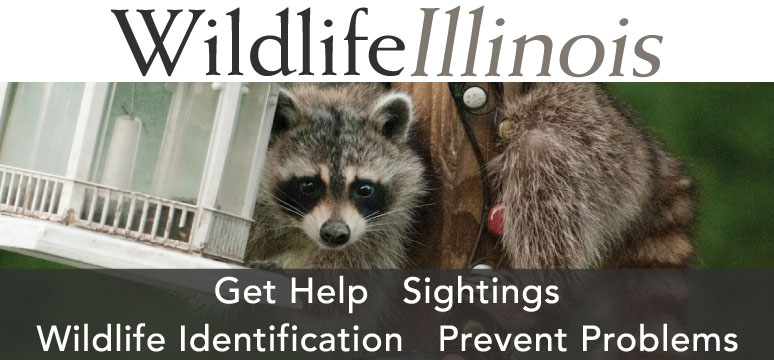
Raccoons
There are likely as many raccoons on the Illinois landscape as there have ever been. Two annual surveys conducted by Illinois Department of Natural Resources (IDNR) wildlife biologists indicated high numbers for raccoons. The index of raccoons observed during the Spring Spotlight Survey was second highest since 1981. The ‘road-kill index,’ calculated by IDNR staff as they drive during their normal day to day activities, also indicated a high number of raccoons (road-kill raccoons per 1,000 miles). Raccoon also led other species in the number of nuisance animals removed by Nuisance Wildlife Control Operators for 2018.

Coyotes
Coyotes continue to thrive in the state. The number of coyotes observed by cooperating archery deer hunters during 2018 was slightly higher than 2017 (+13.6 percent). Prices for quality (western) coyote pelts were good during the 2018-19 hunting and trapping season and harvest was up compared to 2017-18.
Mink, Muskrat and Beaver
Harvest during 2018-19 was lower than long-term averages and numbers should remain stable. Prices for these species remained low as well.

River Otter
River otters should be plentiful and harvest in 2018-19 was comparable to previous years (1,060). Prices for otter remain relatively low.
Opossum and Striped Skunk
Numbers were lower for these species on the 2019 Spring Spotlight Survey compared to 2018. They were still the third and fourth most common species for nuisance complaints (behind raccoons and squirrels) and skunks were below the long-term average on the road-kill survey; opossum were slightly above the average.
Bobcat
Bobcat populations continue to do well based on the number observed by cooperating archery deer hunters last season. The number of Bobcat Hunting and Trapping Permits issued will be the same as last year (1,000). Successful applicants will have a good chance of taking a bobcat in forested parts of the state.
If you haven’t been successful in the bobcat lottery, a new rule this year could help your odds in the future. People who draw a permit (starting this year) will be ineligible the following year. This should help spread the permits out to hunters and trappers who have been unlucky in the lottery.
Stan McTaggart is the Illinois Department of Natural Resources’ Furbearer Program Manager and works in the Springfield office of the Division of Wildlife Resources.



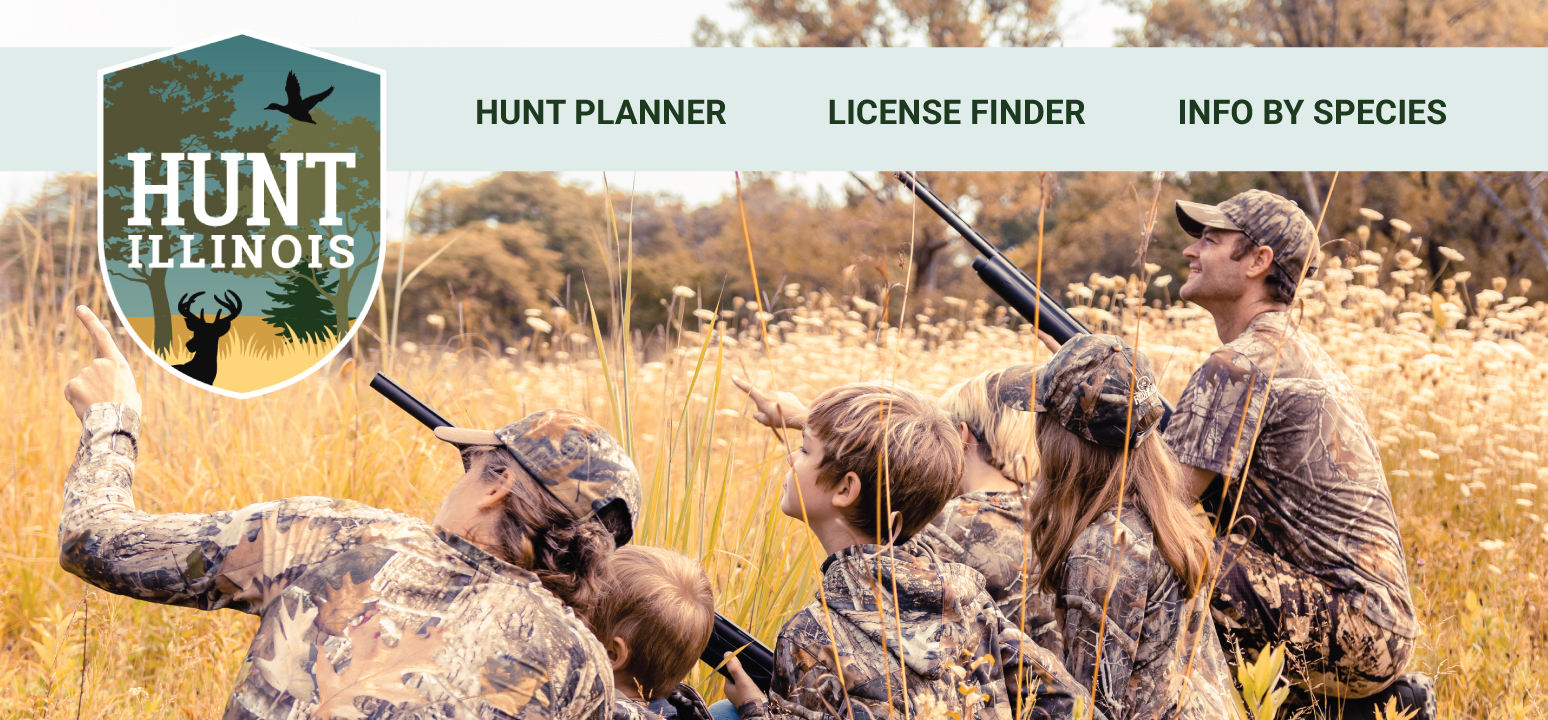
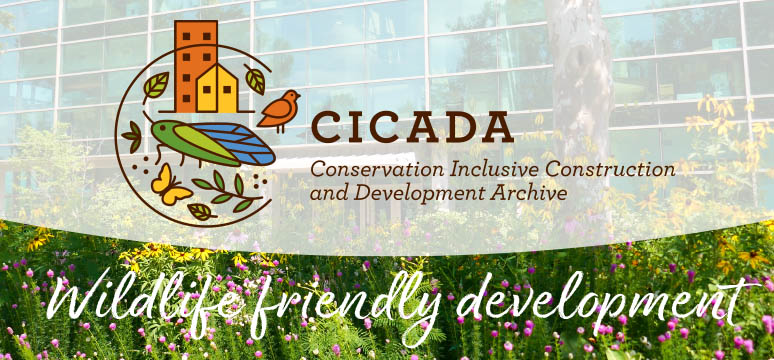
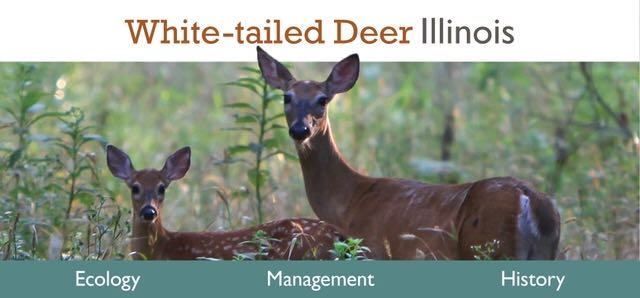
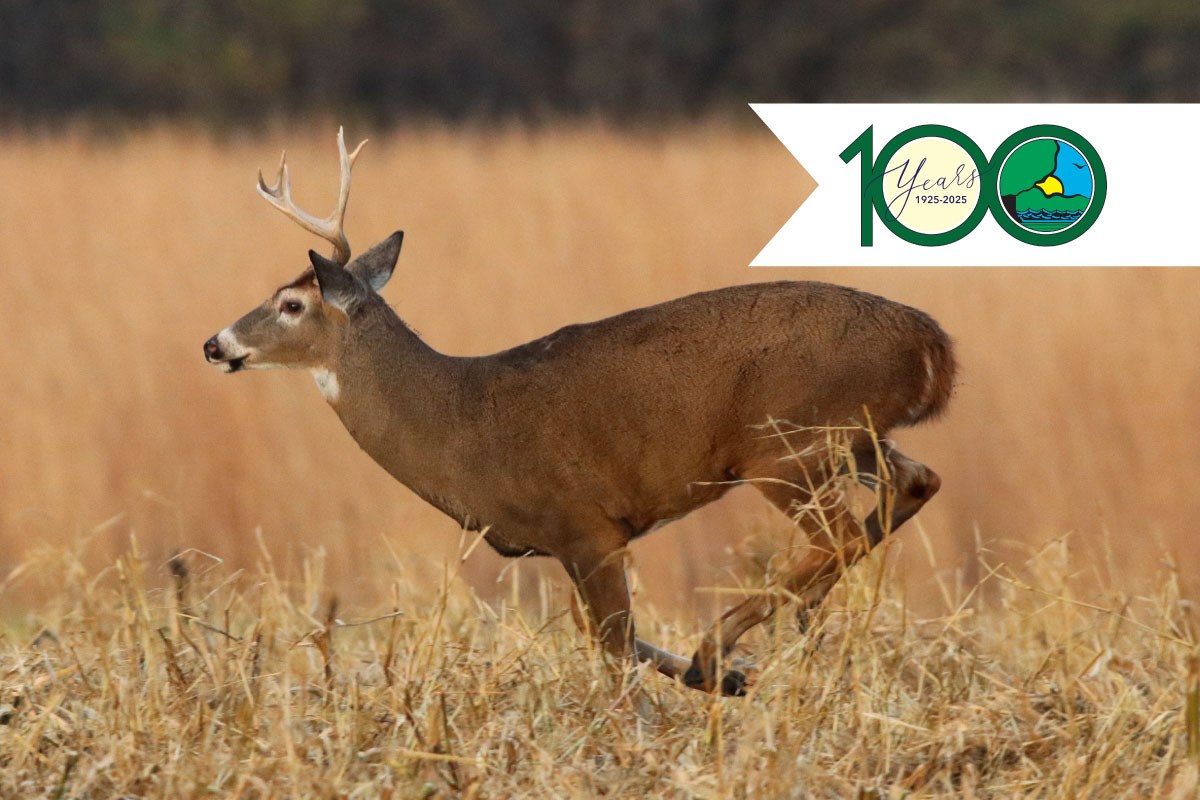
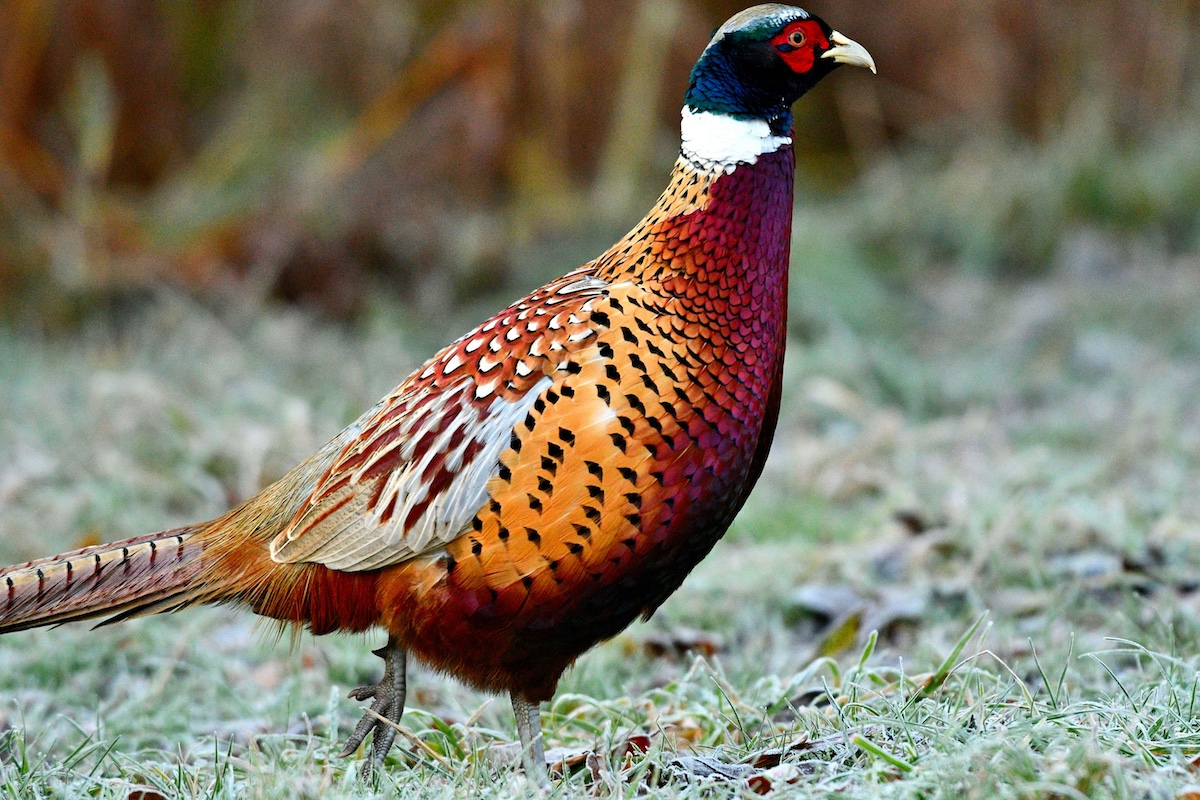

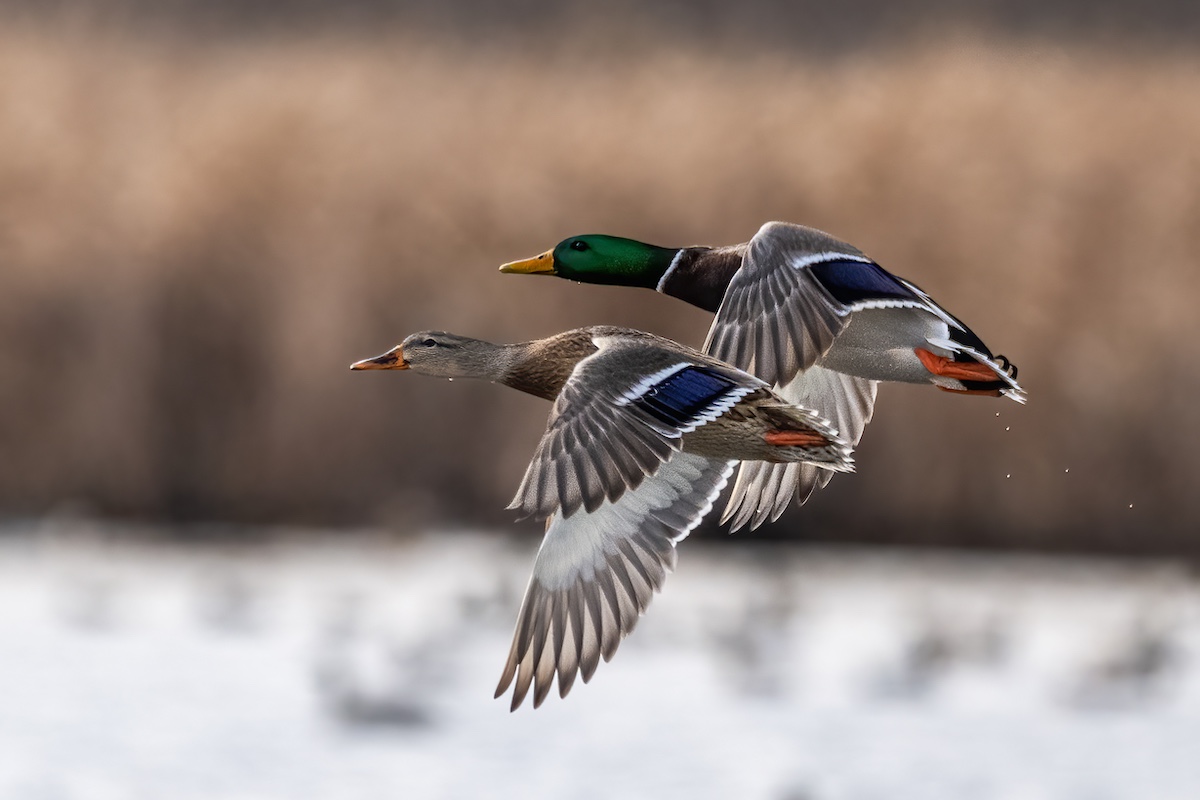
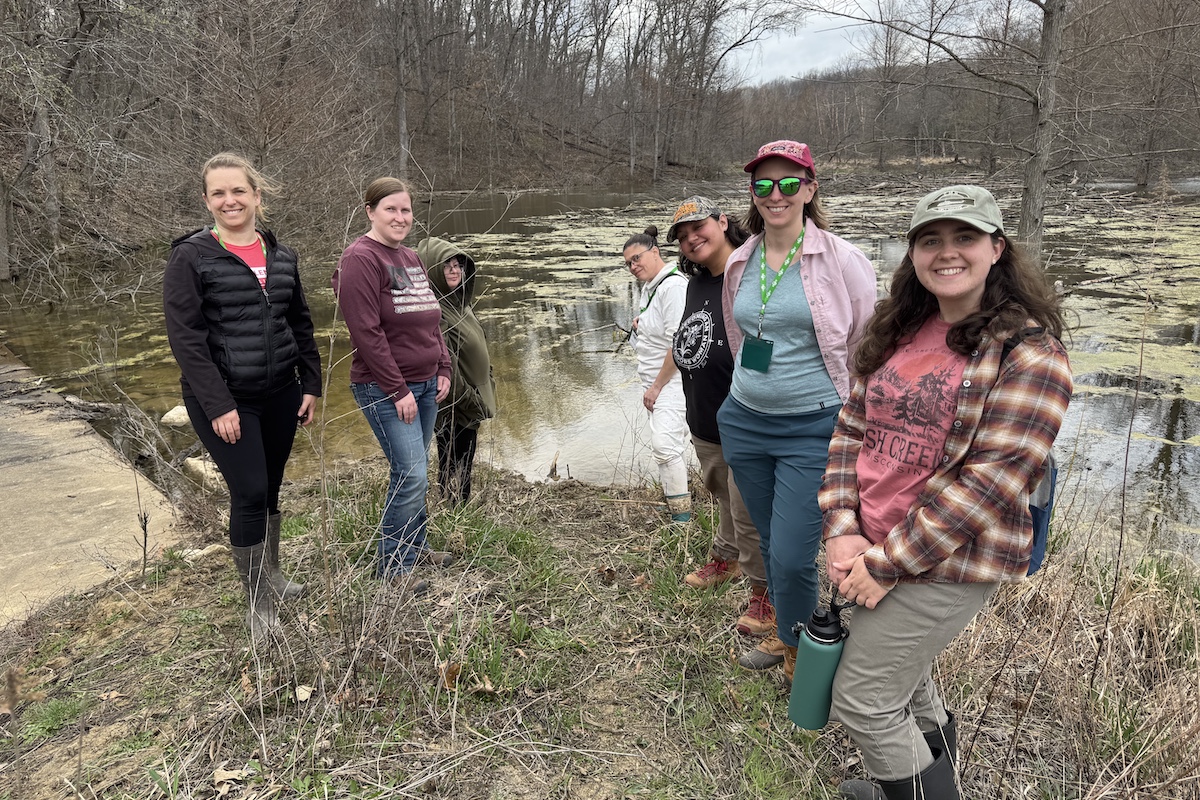
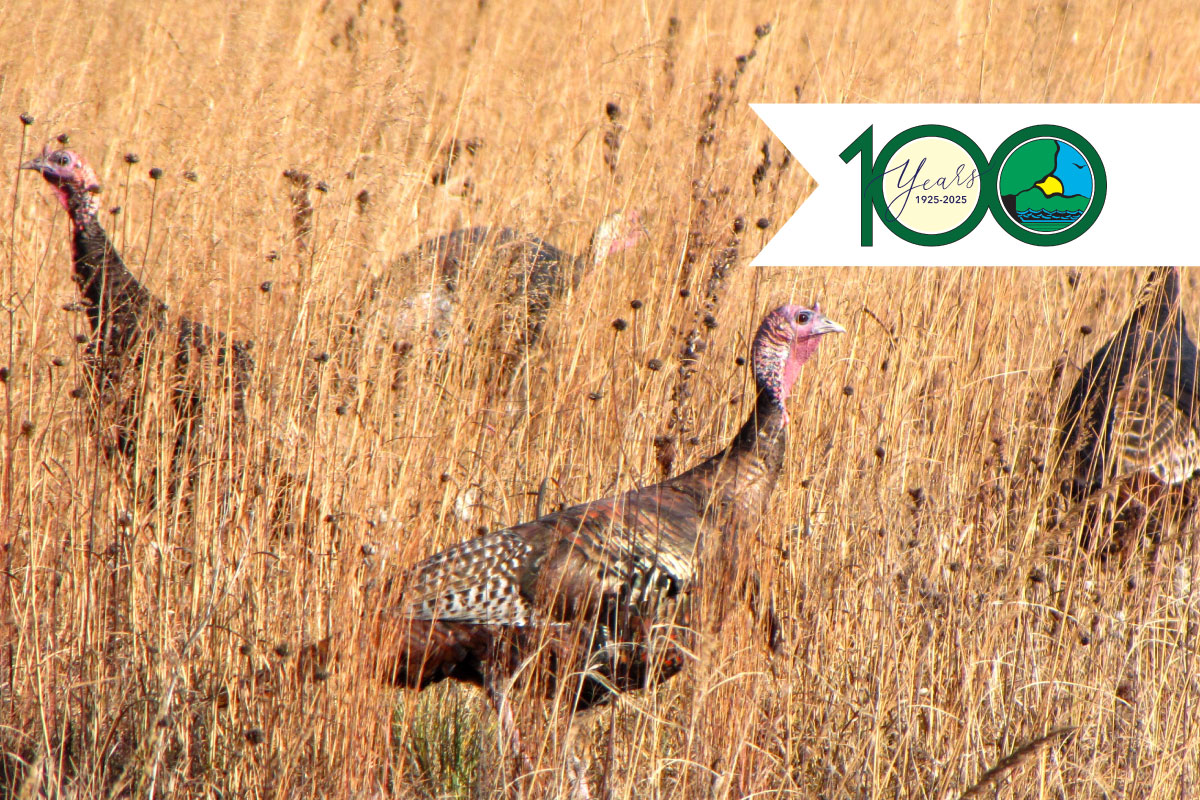
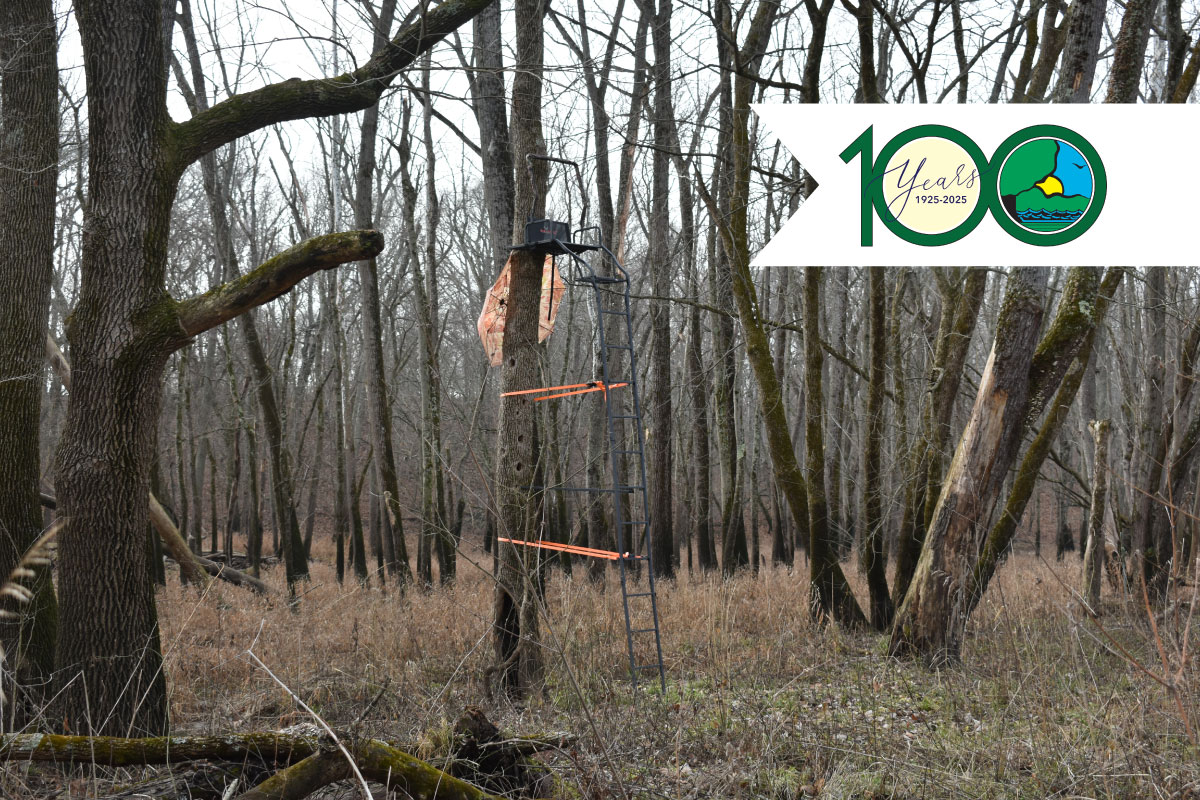
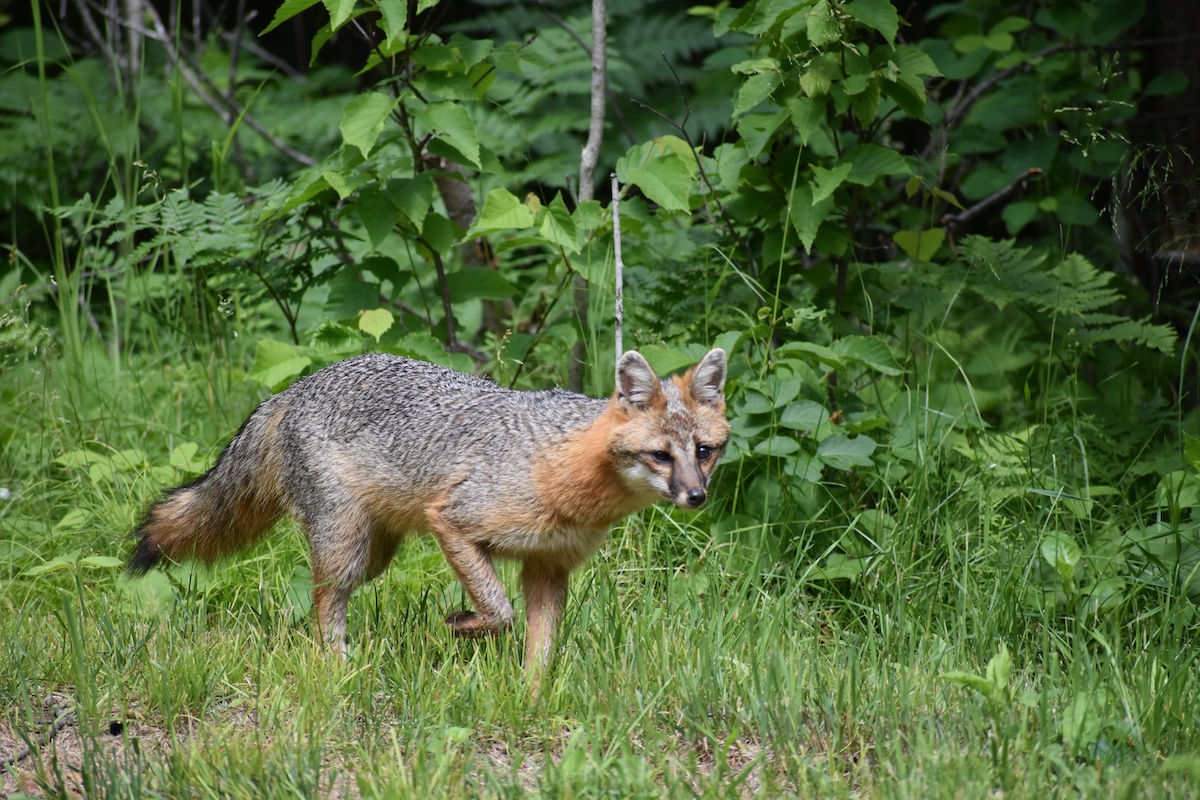
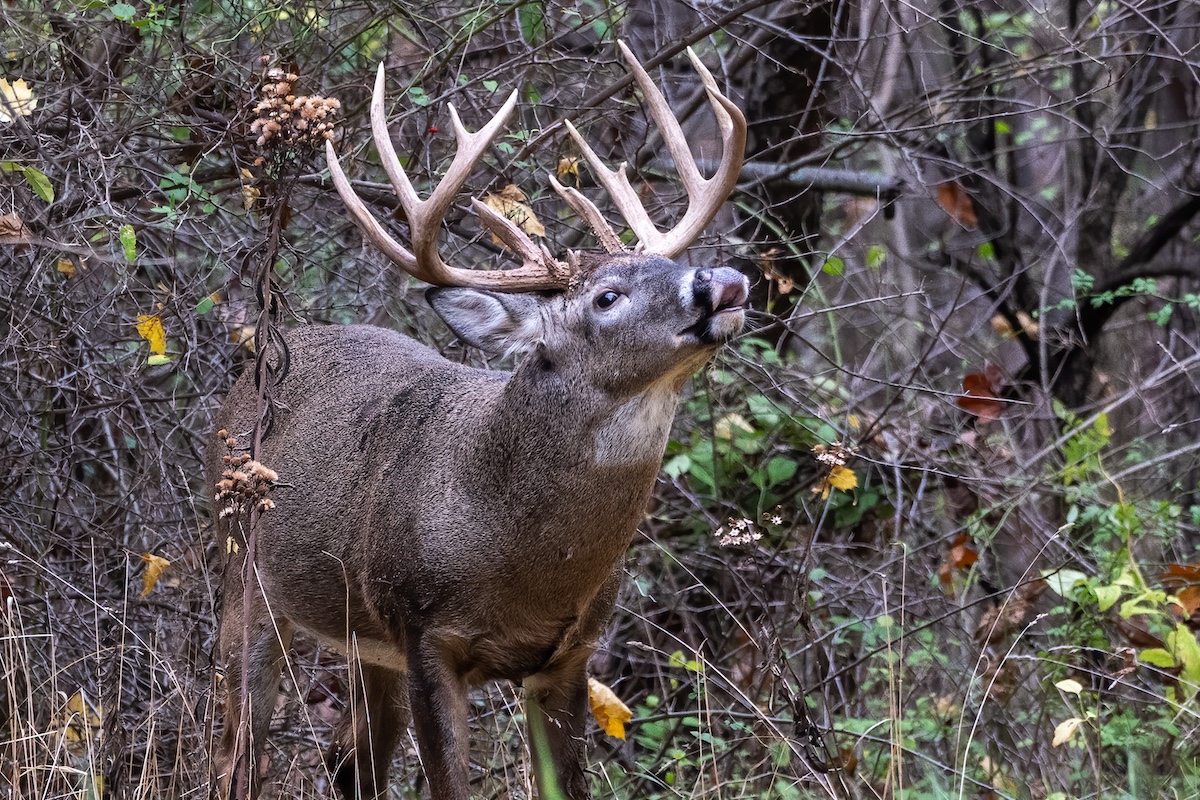
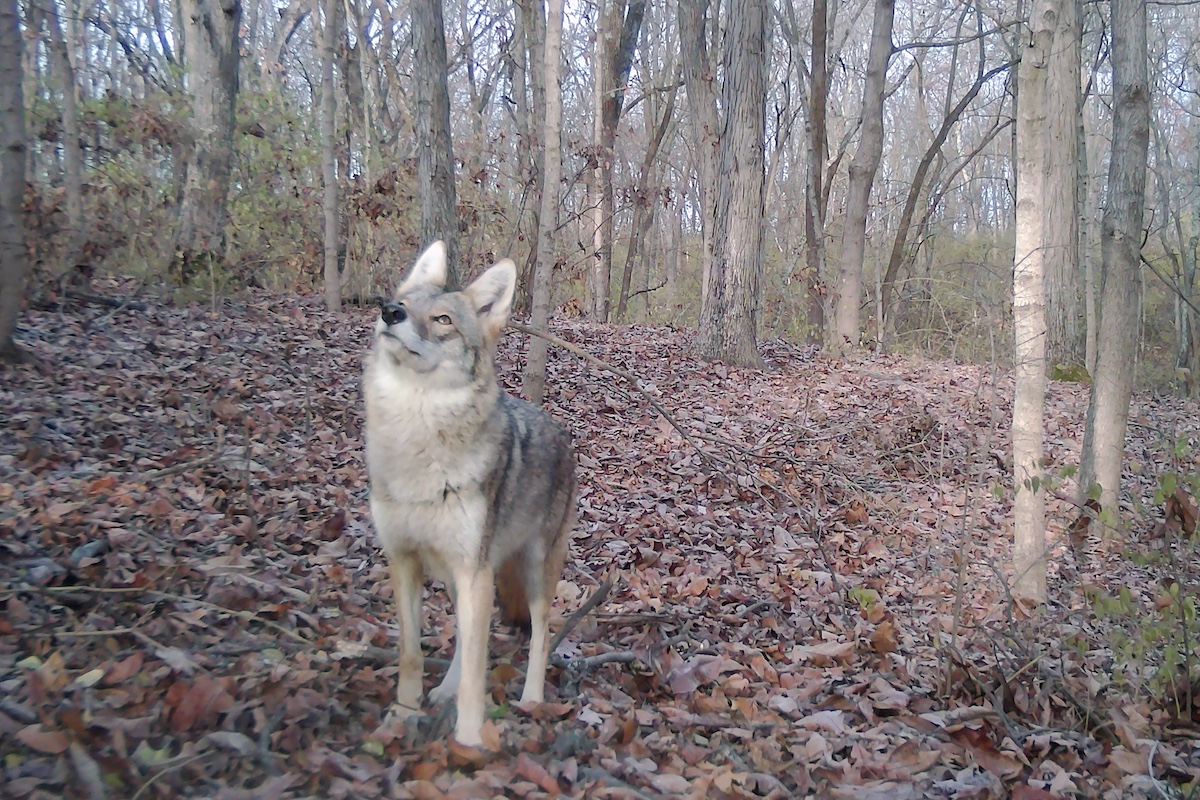
Submit a question for the author